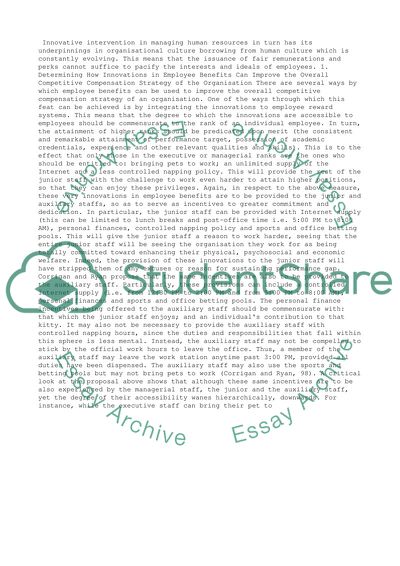Cite this document
(“Assignment 5: New and Improved Rewards at Work Research Proposal”, n.d.)
Assignment 5: New and Improved Rewards at Work Research Proposal. Retrieved from https://studentshare.org/management/1484728-assignment
Assignment 5: New and Improved Rewards at Work Research Proposal. Retrieved from https://studentshare.org/management/1484728-assignment
(Assignment 5: New and Improved Rewards at Work Research Proposal)
Assignment 5: New and Improved Rewards at Work Research Proposal. https://studentshare.org/management/1484728-assignment.
Assignment 5: New and Improved Rewards at Work Research Proposal. https://studentshare.org/management/1484728-assignment.
“Assignment 5: New and Improved Rewards at Work Research Proposal”, n.d. https://studentshare.org/management/1484728-assignment.


